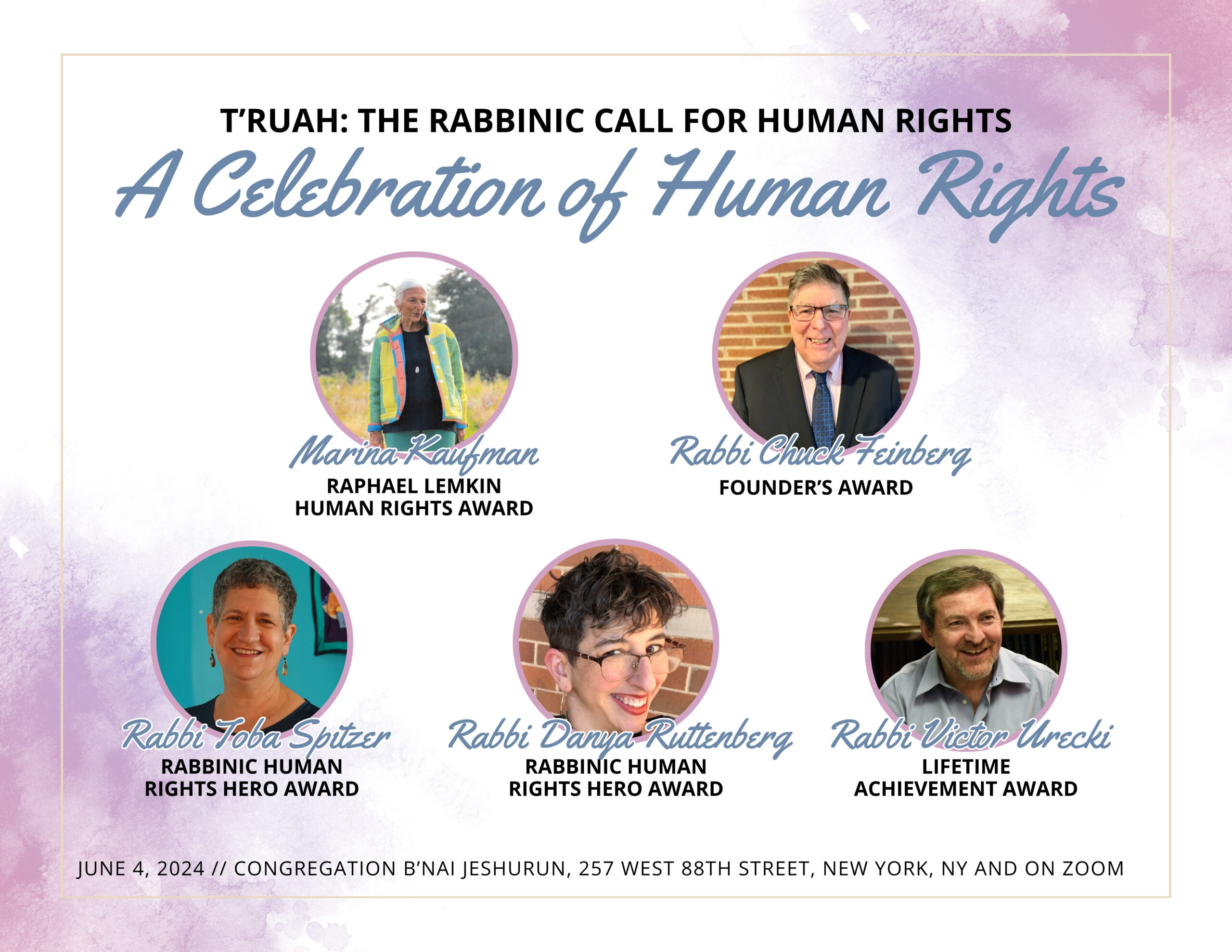The Black Lives Matter movement has re-focused my attention on the ways that I participate in the racial injustice that is pervasive in our society and culture. One of those ways is through language—both what I say and what I hear. And especially, the ways that I use “light” and “dark” as metaphors for “good” and “bad” or for “hope” and “despair.” In these subtle and not-so-subtle ways, our language constantly delivers the message that lighter is better than darker, that white is holy and black is corrupt or bereft of holiness. This week’s Torah reading creates an opening for Jewish sources to guide our use of language in different direction–as a path to liberation and justice.
Beha’alotecha begins with Moses passing along G-d’s instruction to Aaron to light the lamps of the menorah, and with Aaron actually kindling the lights. The medieval commentator Ramban (Nachmanides) links Aaron’s lighting here to the menorah of Hanukkah. He reads this kindling as an allusion to the “miracle” of the Hanukkah menorah, brought about by Aaron’s descendants, the Maccabees, many generations in the future.
The earth’s movement around the sun also connects Beha’alotecha with Hanukkah. This year we read Beha’alotecha during the week of the summer solstice in the northern hemisphere. For those of us in the north, this week brings the year’s longest stretches of daylight and its shortest nights. Six moths ago, during Hanukkah, the opposite was true. It was the winter solstice here, and our nights stretched out long and dark as the daylight retreated.
Hanukkah is especially susceptible to metaphors that fail to challenge, and that can reinforce the racial injustices of our time. Last Hanukkah, I was surprised by a piece that T’ruah circulated which began, “We often use metaphors of light and darkness to speak about hope and despair, or human rights victories and human rights abuses,” and then went on to build on those metaphors as a source of spiritual teaching.
When I contacted T’ruah to respond, I was invited to offer this d’var Torah. So with gratitude and respect, and in the spirit of a makhloket l’shem shamayim, an argument for the sake of heaven, I offer some Jewish teachings that present alternatives to these metaphors. And I invite you to join me in considering practices that can help us bring our language into greater alignment with our aspirations for racial justice.
Rabbi Arthur Waskow writes about Tisha B’Av, the day that commemorates communal loss and creates space for collective mourning:
It is the heart of summer: hot as a furnace, dry as the tomb. A shower, a breeze, are forgotten memories. The earth is panting in exhaustion—almost as if the birthing of her harvest has gone awry, as if the birth-pangs will go on forever but there will be no fruit. And people are exhausted too. Their freshness and fertility, warmed and renewed by the sun of spring, has wilted as the sun grew still hotter. We feel burnt out. The whole world is being put to the torch. (Seasons of our Joy, p. 207)
Waskow offers a striking and powerful alternative to our dominant metaphors. Here, it is the excess of light and heat that is frightening, dangerous, and imperiling. The saddest, most devastating time of the Jewish year comes not in the darkness of winter, but in the scorching heat and relentless light of summer.
The rabbis of the Talmud spoke about Torah as “black fire on white fire” (Palestinian Talmud Sotah 8:3), where the black fire is the letters themselves and the white fire is the space between them. Both transmit meaning, and if we had only one without the other, there could be no Torah.
Darkness is associated with the generative state that precedes birth. Just as the Torah’s creation story begins with “darkness on the face of the deep,” (Gen. 1:2) so too our lives begin in the womb–the darkest, most protected and most nurturing place we may ever know.
Our traditions and sacred stories are laden with opportunities to challenge the dominant metaphors of light and darkness that reinforce negative racial stereotypes and perpetuate racial injustice in our society. As the solstice approaches, may we celebrate the light of our long summer days, and celebrate, too, the deep winter nights unfolding for our siblings in the southern hemisphere. One could not exist without the other.
Dev Noily serves as Co-Rabbi of Kehilla Community Synagogue in Piedmont, California.


